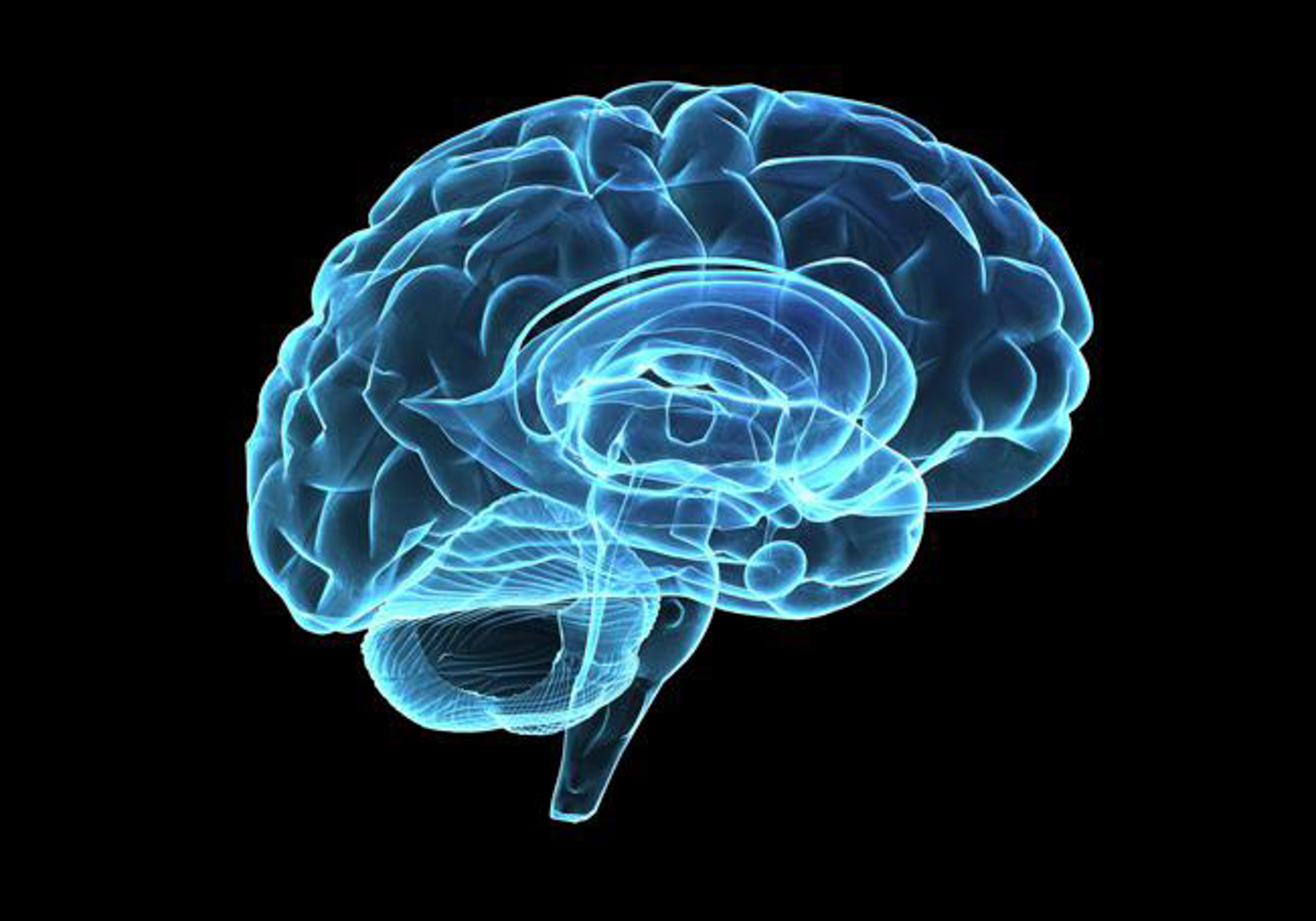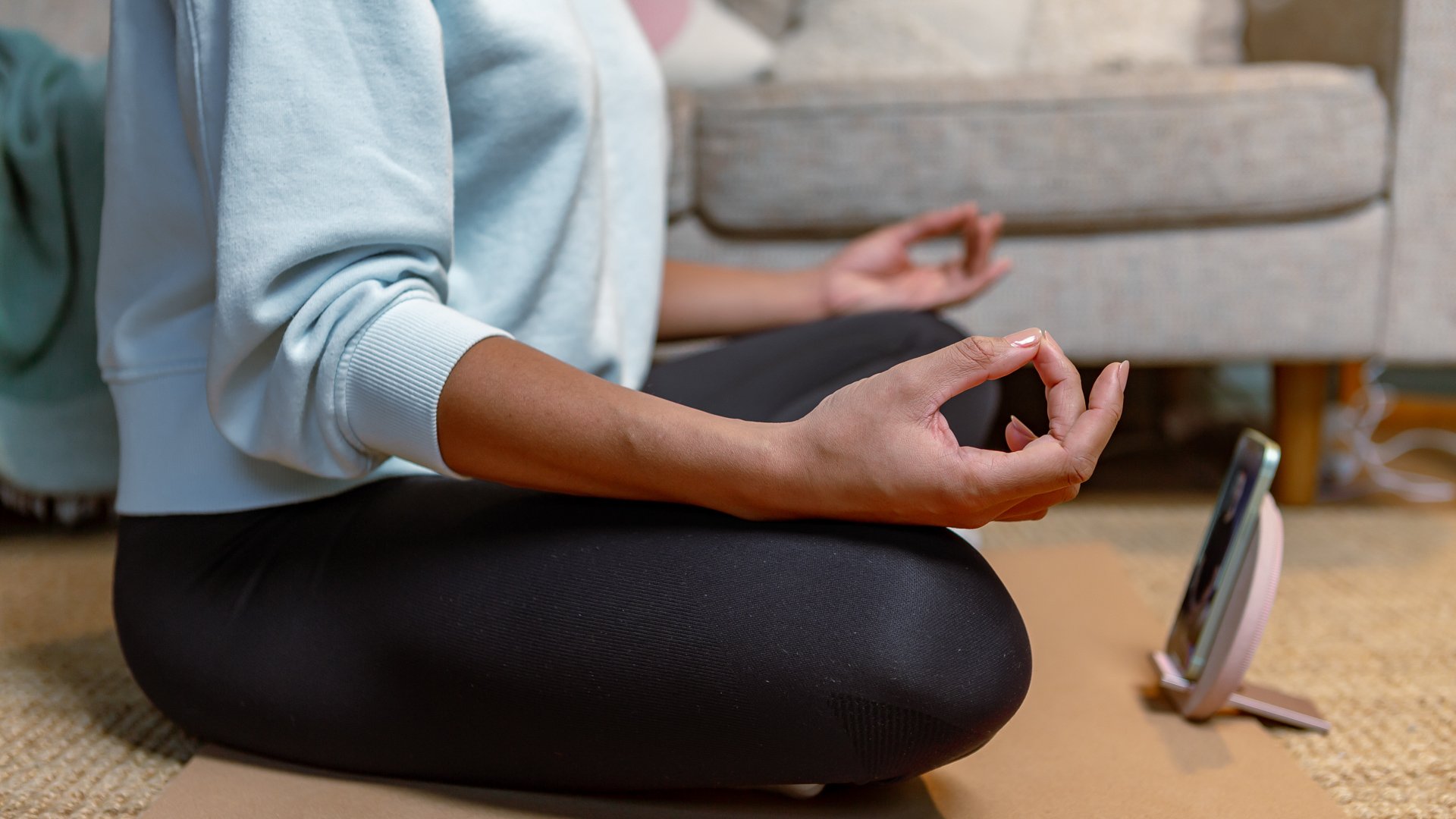How to rewire your brain
How meditation can change the structure of your brain.

Here's everything you need to know.

Mindfulness is “paying attention in a particular way: on purpose, in the present moment, and non-judgmentally.”
Jon Kabat-Zinn
Mindfulness is all about cultivating awareness: awareness of the sights and sensations of the present moment, and awareness of our internal thoughts and feelings. We observe these internal and external landscapes without judgement, and let go of worries about past and present - coming fully into the here and now.
There’s a common misconception that mindfulness is about ‘emptying your mind’ of thoughts. In reality, mindfulness isn’t about trying to get rid of difficult thoughts and feelings - but changing our relationship to them. By becoming passive observers of our minds, noticing our thoughts without letting ourselves be consumed by them, we can gain distance from them and become better at tolerating difficult feelings.
In a world where many of us feel increasingly disconnected from our bodies, mindfulness can also help us reconnect with their physical and emotional signals, becoming more attuned to our needs.
Meditation and mindfulness are closely related, but they’re not the same thing. Meditation (which involves focusing awareness on an anchor like the breath) is one way of achieving mindfulness.
But mindfulness is so much more than this: it’s a way of life. It’s something you can incorporate into the things you already do on a daily basis: mindfully brushing your teeth, going on a mindful walk without headphones or practising mindfulness while eating breakfast. It’s not about what you do, so much as how you do it.
In our busy, technological lives, we're rarely fully immersed in the present moment. We're scrolling, swiping, Netflixing. We're ruminating about the past or worrying about the future.
Mindfulness helps us to come back to the present: to reconnect with our bodies and to fully engage with the world around us.
More specifically, mindfulness can help us...
Mindfulness has also been found to be effective in helping to treat illnesses like depression, anxiety and psychosis.
Want to experience these for yourself? Join our Mindful March competition.

Focused attention
This is perhaps the most common mindfulness technique. In focused attention practices, we focus our attention on the breath, and use this as an anchor whenever the mind wanders - gently bringing it back to the rise and fall of the breath.
Body scan
Body scans involve slowly tracking awareness through the body, from top to bottom, scanning for sensations. They can help you become more attuned to your body’s signals, feel more grounded and less consumed by anxious thoughts.
Mindful eating
Eating is something we do every day. But how often do you slow down and truly pay attention to the experience of eating? This is what mindful eating is all about: eliminating distractions, tuning into your body and really noticing the experience of eating. Doing this can help us become more aware of our hunger and fullness signals, and really savour the experience of each meal.
Five sense check-in
This is a great mindfulness exercise to ground you when you feel overwhelmed. It encourages you to heighten your awareness of your environment, listing five things you can see, four things you can feel, three things you can hear - and so on.
Mindful walking
Go for a walk in nature by yourself without headphones. Focus on the physical sensation of walking - the feeling in your legs, the rhythm of your feet on the ground. Expand your awareness to take in the sights, sounds and smells around you. Imagine you’re taking it all in for the first time. What can you notice that you might normally overlook?
How meditation can change the structure of your brain.

Comment